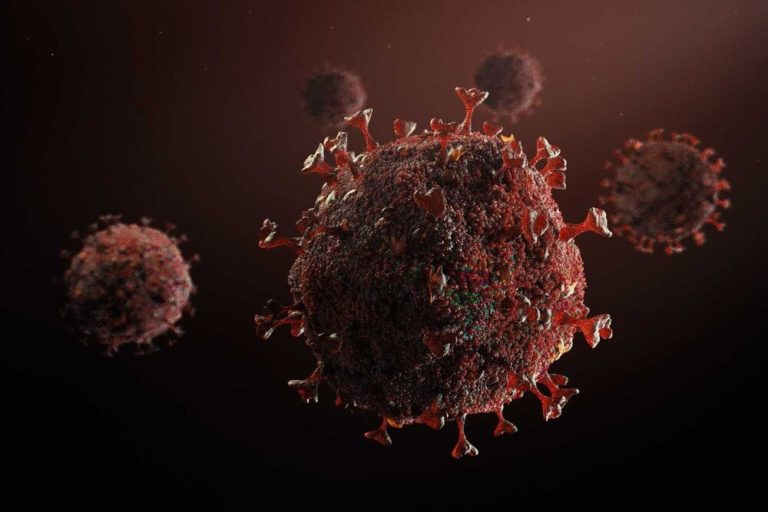Restrictions over the last ten months have deeply affected the Architecture industry. Architects have not been able to work in the office, and smaller architecture firms have struggled to stay afloat, with the lack of projects, certainty and clients since the effects of the virus.
Although buildings have been able to remain open, issues around meeting contractor demands when Covid-19 restrictions have prevented many architects from attending live sites have also caused distress and disruption in the industry.
Paul Stallan of Glasgow-based Stallan Brand says: “As a studio we had been consistently growing year-on-year for the past nine years. That has not only stopped but gone backwards due to Covid. We have lost people, and it hurts”.
Progress has also been halted by the uncertainty of the Architecture and Design industry landscape. Stretched local authorities are delaying responses to pre-applications, these are usually the first step in risk assessments of developments and delays are creating a stranglehold on progress, reducing productivity and increasing timeframes of projects.
Ian Apsley, managing director of Broadway Malyan, London has said ‘We will see the effect [of the lockdown] in a slowing-down of the recovery and the progress of major projects through the planning process.’
Other industries such as steel and car manufacturing have saved tens of thousands of lost man hours per site and reported no transmission issues through adopting frequent rapid lateral flow testing. These included Bentley and Tata Steel.
Regular rapid mass testing will help facilitate a more significant opening of other large industries such as infrastructure engineering, rail travel, entertainment, hospitality, manufacturing, construction and retail, among many more. By testing staff regularly in industry with rapid results, consumers and employees can feel safe returning to these environments and employers can have greater certainty on working hours, capacity and avoid further disruption.
The World Nano Foundation and pandemic experts say regular use of inexpensive mass lateral flow rapid antigen test kits is the way to beat COVID-19, its variants and future viruses.
As vaccination quickens for vulnerable members of society, the next prize is to get the world’s economies moving, with mass frequent testing as the key, using the mantra ‘test to suppress’, and as an early warning system to protect against new strains and future outbreaks.
These simple-to-manufacture rapid tests have shown a thousand-fold increase in the effectiveness and accuracy of testing with this technology. The kits can produce a positive result even when there are fewer antigens to the virus in the sample – vital for finding asymptomatic individuals and ‘super-spreaders’.
In what many believe was a game-changer in preventing lockdowns across the world, in the UK, community and workplace lateral flow rapid test kits (LFTs) have been mobilised now for door-to-door delivery – the UK government has secured more than 400 million of these kits – for its “Test to Suppress” strategy as well as to address fears that the South African variant had broken out in areas of the country.
World Health Organisation Special Envoy on COVID-19, David Nabarro commented:
“We’ve seen it (rapid mass testing) used in many different locations, for example in trying to keep aircraft free of people who’ve got COVID or looking after major events.”
A UK Government initiative offering LFTs in workplaces – healthcare, education, and local authorities, with private companies such as Royal Mail, the DVLA and Tate & Lyle Sugars also adopting frequent rapid testing.
Oxford’s Regius Professor of Medicine, Sir John Bell underlined the benefit of these tests removing infectious people from high-risk environments: “They’ve found 25,000 cases just in healthcare, which may have prevented tens of thousands of cases of the disease.”
Tim Peto, Professor of Medicine, Infectious Disease, Nuffield Department of Clinical Medicine, Oxford University addressed the contrasts between PCR (polymerase chain reaction) swab testing and lateral flow kits:
“PCR is very good at telling you’ve had the virus or got the virus, but it doesn’t tell you whether you are infectious or not and the other problem about the swab test is that it takes a day or two…to get the answer back. The LFT has the enormous advantage of giving you an answer in about 30 minutes.”
He said this allows immediate self-isolation and individuals can also quickly advise their contacts so, “within a few hours, a local outbreak can be detected. This can’t be done with the swab (PCR) tests” adding that LFTs “detect people with high viral loads…the very people who are infectious.”
The World Nano Foundation (WNF) promotes healthcare technology and predicts that mass testing is central to future pandemic protection.
The not-for-profit organisation’s Co-founder Paul Sheedy said: “Our research shows how healthcare diagnostics technology will shift dramatically to a more decentralised community early intervention model, against potential epidemics and pandemics.
“Our own COVIDlytics™ modelling shows that an intensive front line ‘Test to Suppress’ campaign using rapid test kits available to the individual will allow early detection and immediate isolation, reducing the need for lockdowns.”


